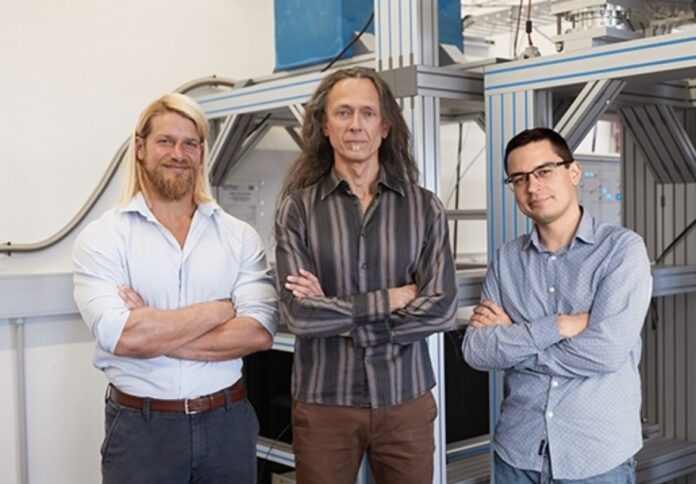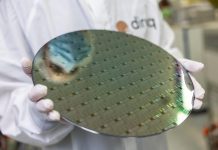
A team led by Professor Andrea Morello at the University of New South Wales (UNSW) in Sydney has just exhibited the operation of a new type of quantum bit called a ‘flip-flop’ qubit, which combines the quantum properties of single atoms with easy controllability using electric signals similar to those used in standard computer chips.
Prof. Morello’s group claimed it was the first in the world to demonstrate that using the spin of an electron as well as the nuclear spin of a single phosphorus atom in silicon could be utilised as ‘qubits’ – units of information that are used to make quantum computing calculations.
He then explained that while both qubits perform exceptionally well on their own, they require oscillating magnetic fields for their operation.
“Magnetic fields are difficult to localise at the nanometre scale, which is the typical size of the individual quantum computer components. This is why the very first proposal for a silicon quantum bit envisaged having all the qubits immersed in a uniform oscillating magnetic field, applied across the whole chip, and then using local electric fields to select which qubit gets operated,” Prof Morello explained.
Dr Rostyslav Savytskyy, one of the lead experimental authors of the paper published in Science Advances, said the new qubit is called ‘flip-flop’ because it is built out of two spins belonging to the same atom – the electron and the nuclear spin – with the requirement that they always point in opposite directions.
“For example, if the ‘0’ state is ‘electron-down / nucleus -up’ and the ‘1’ state is ‘electron-up / nucleus-down’, changing from ‘0’ to ‘1’ means that the electron ‘flips’ up and the nucleus ‘flops’ down. Hence the name!” Dr Savytskyy further explained.
Meanwhile, the study pointed out that a highly significant side effect comes along with the electrical control of the “flip-flop” qubit caused by displacing the electron from the nucleus.
Findings show that when two (or more) electric dipoles are placed close to one another, a strong electrical coupling develops between them that can mediate the multi-qubit quantum logic operations necessary to carry out practical quantum computations.
According to Prof Morello, the conventional method for coupling spin qubits in silicon involves putting the electrons so near to one another that they practically “touch.”
“This requires the qubits to be placed on a grid of a few 10s of nanometres in pitch. The engineering challenges in doing so are quite severe. In contrast, electric dipoles don’t need to ‘touch’ each other – they influence each other from the distance. Our theory indicates that 200 nanometres is the optimal distance for fast and high-fidelity quantum operations,” Prof Morello expounded.
The professor added that this might be a revolutionary discovery because 200 nanometers is a sufficient distance to allow the insertion of different control and readout devices in between the qubits, making the processor easier to wire up and operate.



















